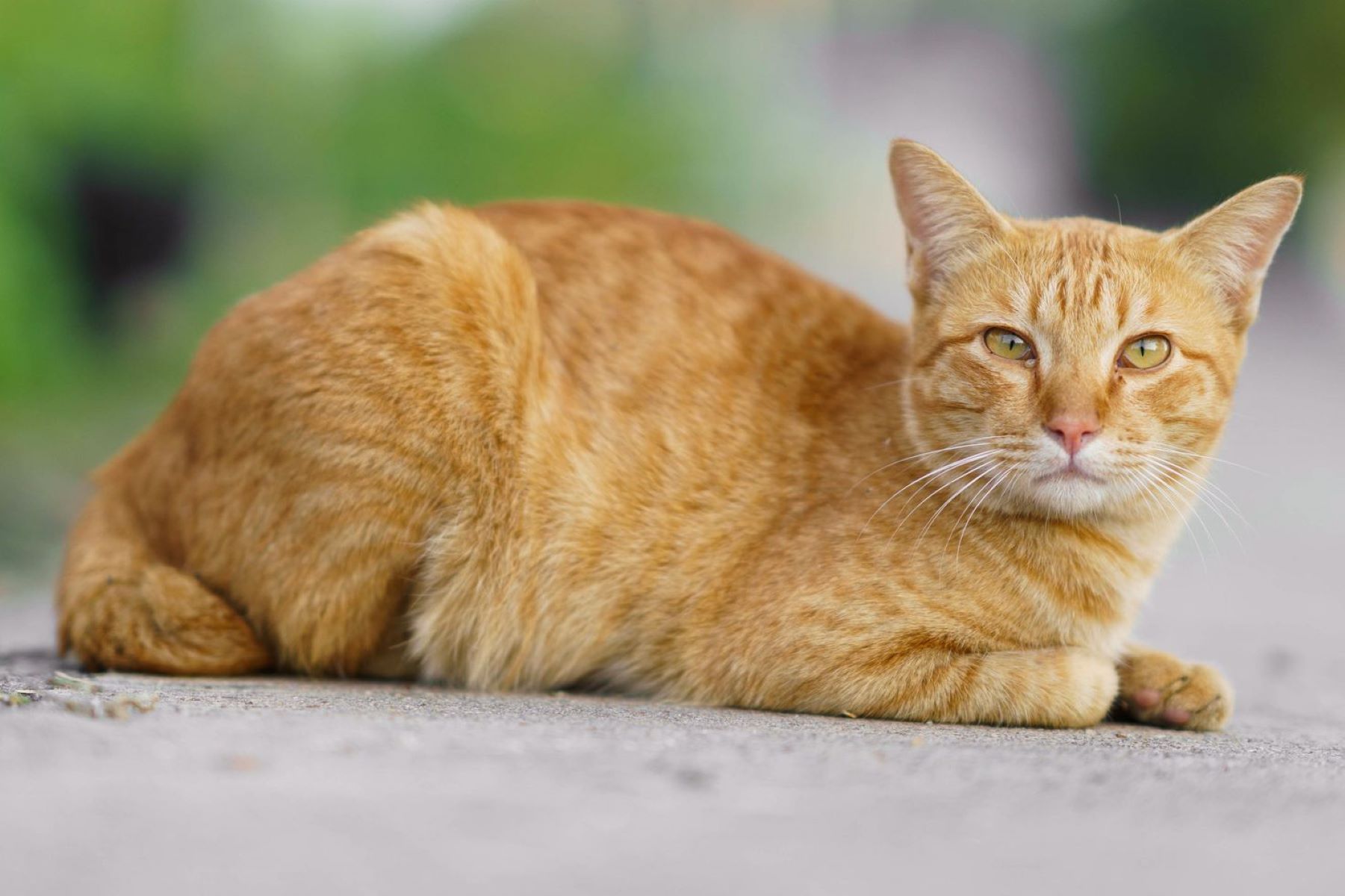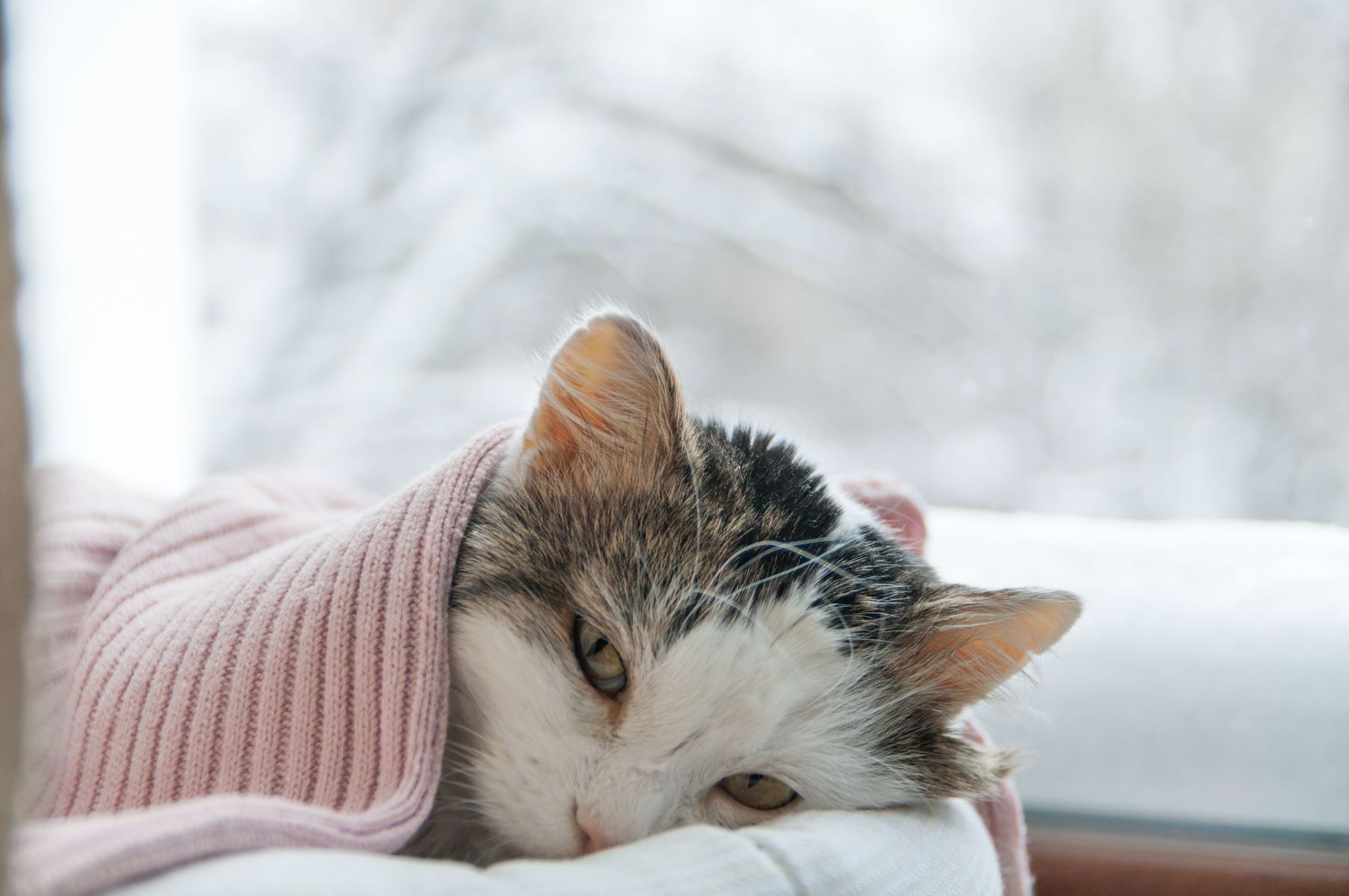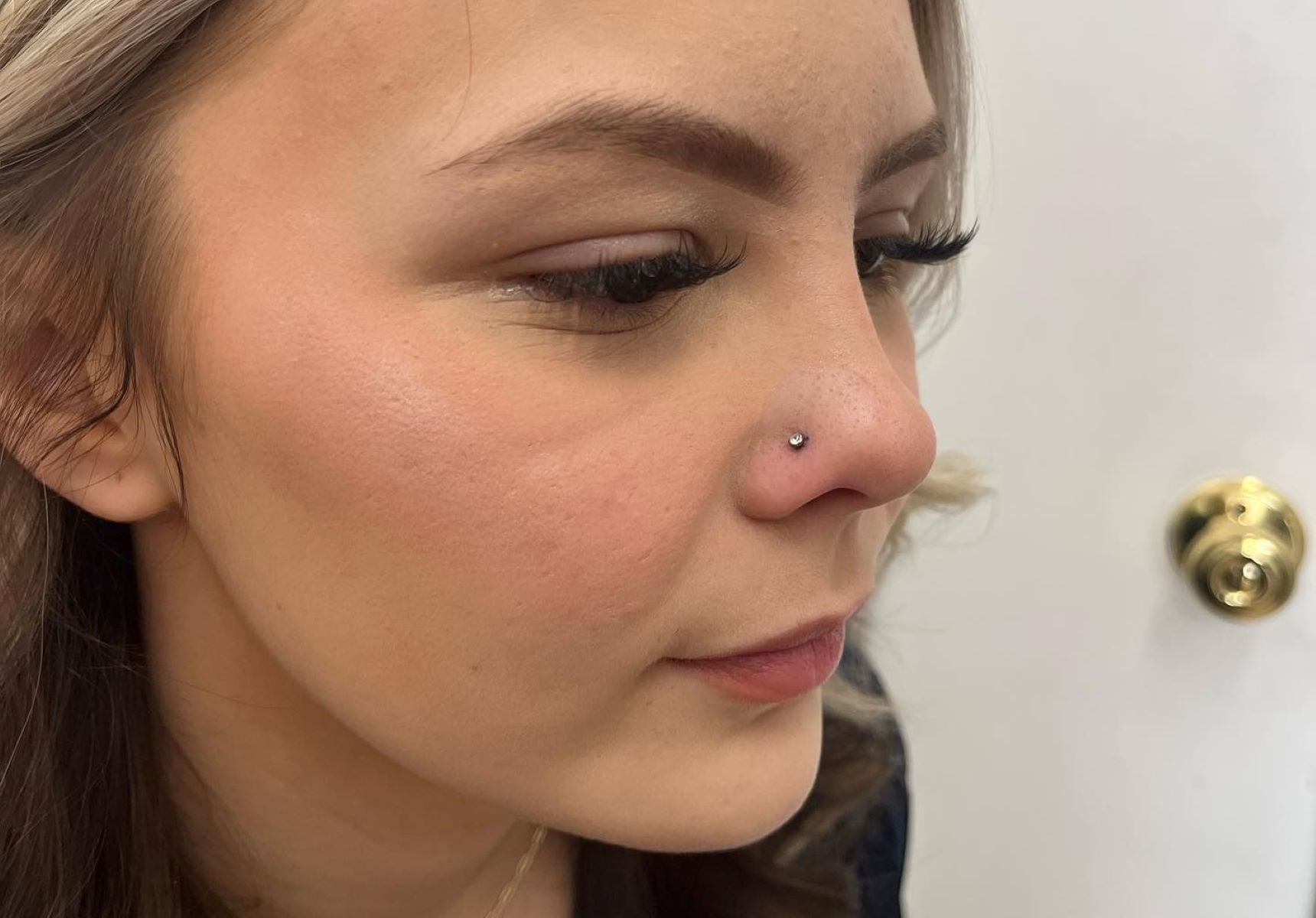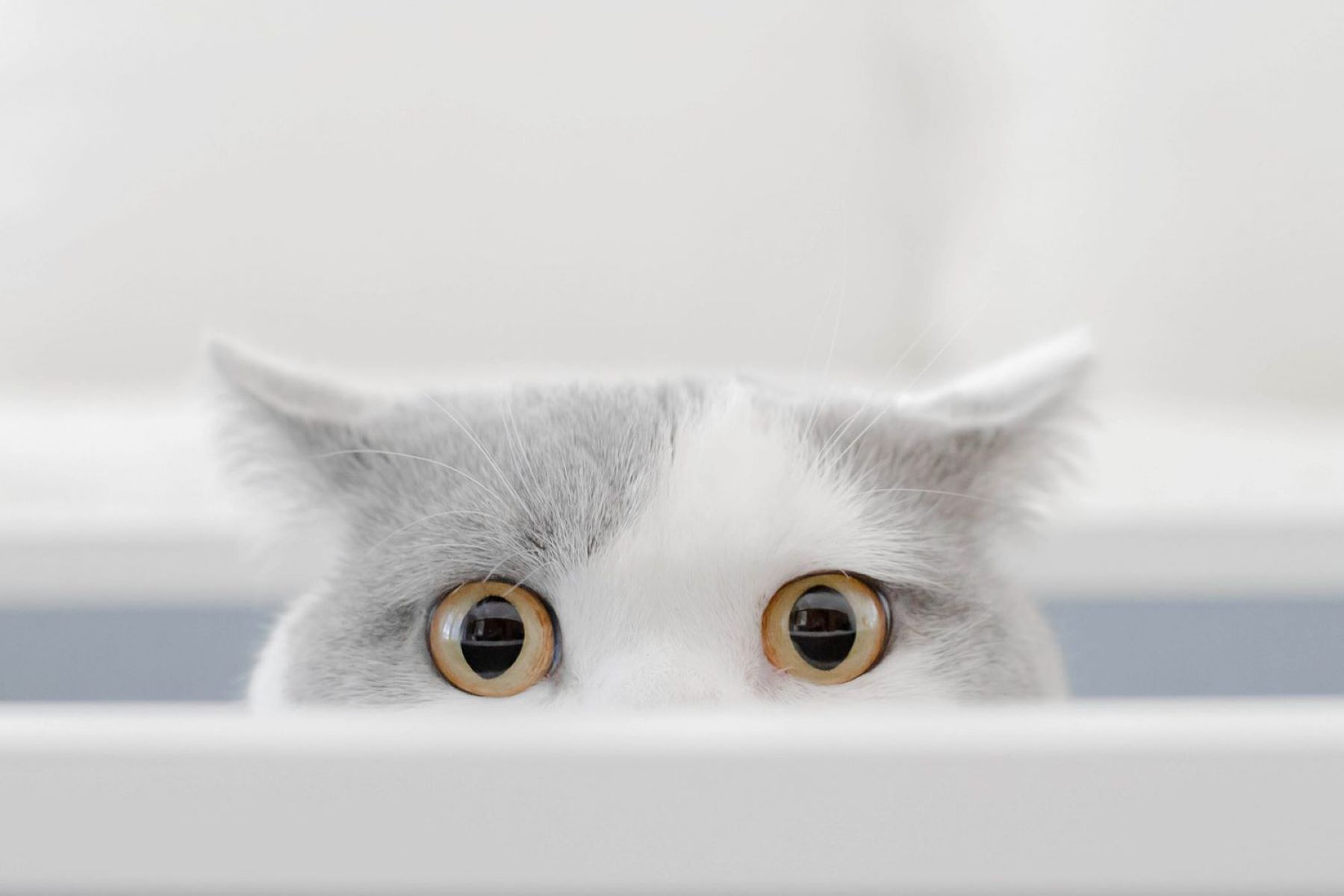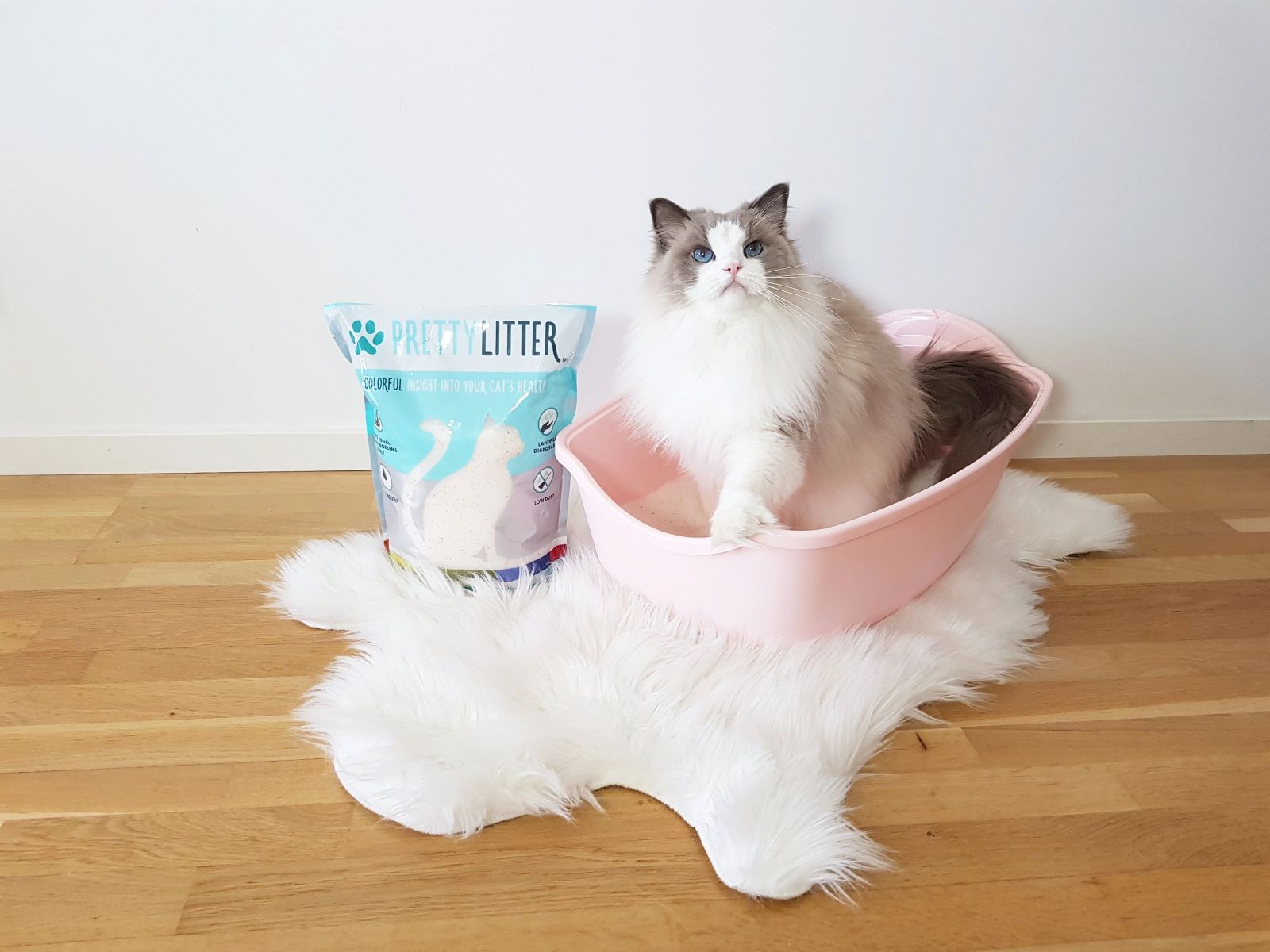Home>Pets & Animals>How To Stop Your Cat From Constantly Following You Around
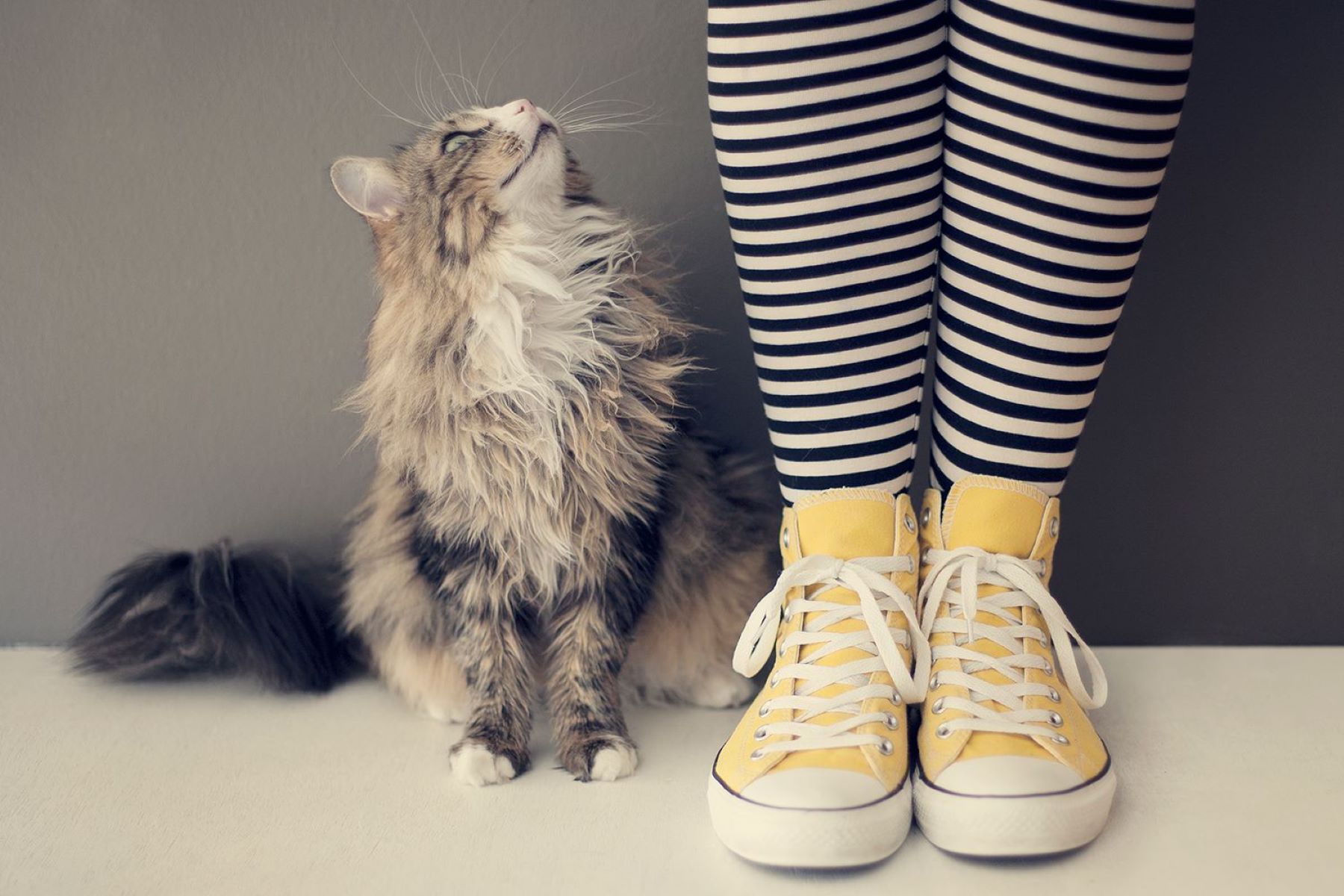

Pets & Animals
How To Stop Your Cat From Constantly Following You Around
Published: January 21, 2024
Learn effective strategies to prevent your cat from constantly shadowing you. Discover tips to encourage independence and reduce clingy behavior in pets & animals.
(Many of the links in this article redirect to a specific reviewed product. Your purchase of these products through affiliate links helps to generate commission for Regretless.com, at no extra cost. Learn more)
Table of Contents
Introduction
Cats are known for their independent and enigmatic nature, yet some feline companions have a habit of constantly trailing their human counterparts. While it's endearing to be the center of your cat's attention, this behavior can become overwhelming and may even indicate underlying issues. Understanding why your cat exhibits this behavior and implementing effective strategies can help foster a healthier and more balanced relationship between you and your feline friend.
Constantly following their owners around is a common behavior observed in many cats. This behavior may stem from a variety of reasons, including a strong attachment to their human companions, a desire for attention, or even a sign of anxiety or insecurity. It's important to recognize that each cat is unique, and their reasons for exhibiting this behavior can vary widely.
In some cases, a cat may have developed a habit of following their owner due to a lack of stimulation or environmental enrichment. Without adequate mental and physical stimulation, cats may seek out their owners as a source of entertainment and interaction. Additionally, certain breeds, such as Siamese and Ragdoll cats, are known for their sociable nature and may naturally gravitate towards human companions.
While it's heartwarming to know that your cat wants to be by your side, it's essential to ensure that this behavior doesn't lead to dependency or anxiety issues for your feline friend. By gaining insight into the reasons behind your cat's constant companionship and implementing appropriate measures, you can create a harmonious and fulfilling environment for both you and your beloved pet.
Understanding the underlying motivations for your cat's behavior is the first step in addressing this issue effectively. By delving into the intricacies of feline behavior and psychology, you can gain valuable insights that will guide you in nurturing a balanced and contented relationship with your cat.
Read more: The Surprising Reason Your Dog Constantly Smacks His Lips – Discover The Secret To Stop It!
Understanding Your Cat's Behavior
Understanding your cat's behavior is crucial in addressing the issue of constant companionship. Cats, as independent and enigmatic creatures, communicate through their actions and body language. When a cat consistently follows its owner, it may be expressing a range of emotions and needs that require attention and understanding.
One possible reason for this behavior is the cat's attachment to its owner. Cats, known for forming strong bonds with their human companions, may exhibit this behavior as a display of affection and a desire for closeness. In some cases, it can be a sign of trust and security, indicating that the cat feels safe and comfortable in the presence of its owner.
Another aspect to consider is a cat's natural instinct for social interaction. While cats are often perceived as solitary animals, many thrive on social engagement, especially with their human family members. Constantly following their owner may be their way of seeking companionship and participating in the daily activities of the household.
Furthermore, a cat's behavior can be influenced by its environment and past experiences. Cats that have experienced changes or disruptions, such as moving to a new home, the addition of a new pet, or the absence of a family member, may seek reassurance and stability by sticking close to their owner. Similarly, cats that have been rescued or adopted may exhibit clingy behavior due to previous trauma or insecurity.
It's also essential to consider the role of anxiety and insecurity in a cat's behavior. Cats, like humans, can experience anxiety and stress, which may manifest as clinginess or a constant need for reassurance. Understanding the triggers for your cat's anxiety, such as loud noises, changes in routine, or unfamiliar visitors, can provide valuable insights into their behavior.
By observing your cat's body language, vocalizations, and overall demeanor, you can gain a deeper understanding of their emotional state and motivations. Pay attention to their tail position, ear movements, and vocal cues, as these can offer valuable clues about their feelings and intentions.
In essence, understanding your cat's behavior involves delving into their emotional and psychological needs, recognizing their unique personality and history, and interpreting their communication cues. By acknowledging the multifaceted nature of feline behavior, you can approach the issue of constant companionship with empathy and insight, laying the foundation for effective strategies to address this behavior.
Creating Boundaries
Establishing clear boundaries is essential in addressing your cat's habit of constantly following you around. While it's heartwarming to have your feline friend by your side, setting limits can help promote a healthy balance in your relationship and prevent potential issues such as dependency or anxiety. Here are effective strategies for creating boundaries with your cat:
1. Designated Rest Areas
Create designated resting areas for your cat within your home. Provide comfortable bedding, cozy hideaways, and elevated perches where your cat can relax and observe their surroundings. Encouraging your cat to spend time in these designated areas can help reduce their constant need to follow you and provide them with a sense of security and comfort.
2. Scheduled Alone Time
Incorporate scheduled alone time into your daily routine. Set aside specific periods where your cat can engage in independent activities, such as playing with interactive toys or exploring their environment without your direct involvement. Gradually increasing the duration of these solo sessions can help your cat become more accustomed to independent play and exploration.
3. Respect Personal Space
Establish boundaries regarding personal space. While it's natural to enjoy physical closeness with your cat, it's important to respect their need for personal space and independence. Encourage your cat to approach you for affection and attention, rather than constantly seeking out your companionship.
4. Redirect Attention
Redirect your cat's attention towards stimulating activities and interactive toys. Engaging your cat in play sessions and providing environmental enrichment can help redirect their focus from following you to more mentally and physically stimulating pursuits. Puzzle feeders, interactive toys, and scratching posts are excellent options to keep your cat engaged and entertained.
5. Consistent Training
Implement consistent training to reinforce boundaries and desired behaviors. Use positive reinforcement techniques to reward your cat for respecting boundaries and engaging in independent activities. With patience and consistency, your cat can learn to balance their need for companionship with independent pursuits.
By implementing these strategies, you can establish clear boundaries while maintaining a loving and fulfilling relationship with your cat. It's important to approach this process with patience and understanding, recognizing that it may take time for your cat to adjust to the new boundaries. With consistent effort and positive reinforcement, you can create a harmonious environment where your cat feels secure and content, while also respecting your need for personal space and independence.
Providing Enrichment
Enhancing your cat's environment with enriching activities and stimuli is a crucial aspect of addressing their habit of constantly following you around. By providing ample opportunities for mental and physical stimulation, you can redirect your cat's focus and fulfill their innate need for exploration and engagement. Here are effective strategies for providing enrichment to your feline companion:
-
Interactive Toys and Games: Introduce a variety of interactive toys and games that cater to your cat's natural instincts. Toys that mimic prey-like movements, such as feather wands and laser pointers, can engage your cat in playful hunting behaviors, stimulating their physical and mental faculties. Additionally, puzzle feeders and treat-dispensing toys can encourage problem-solving skills and provide a rewarding challenge for your cat.
-
Vertical Spaces: Create vertical spaces within your home to expand your cat's territory and offer opportunities for climbing and perching. Installing cat trees, shelves, and window perches can satisfy your cat's natural inclination to observe their surroundings from elevated vantage points. These vertical spaces not only provide physical exercise but also promote a sense of security and confidence in your cat.
-
Environmental Exploration: Foster environmental exploration by introducing new and stimulating elements into your cat's living space. Rotating and diversifying your cat's toys, hiding treats for them to discover, and incorporating safe indoor plants can introduce novelty and excitement into their environment. Additionally, providing access to safe outdoor spaces, such as enclosed catio enclosures or supervised outdoor excursions, can offer enriching sensory experiences for your cat.
-
Sensory Stimulation: Cater to your cat's sensory needs by incorporating auditory, olfactory, and tactile stimuli into their environment. Playing calming music or nature sounds, offering cat-safe herbs and grasses for scent enrichment, and providing tactile surfaces such as scratching posts and textured toys can engage your cat's senses and promote mental well-being.
-
Playtime and Bonding: Dedicate regular playtime sessions to bond with your cat and provide them with essential physical and mental stimulation. Engaging in interactive play, such as feather chasing, hide-and-seek games, and gentle wrestling with appropriate toys, can strengthen your bond with your cat while fulfilling their need for interactive engagement and physical activity.
By incorporating these enrichment strategies into your cat's daily routine, you can create a stimulating and fulfilling environment that addresses their need for mental and physical engagement. It's important to observe your cat's preferences and adjust the enrichment activities accordingly, ensuring that they are tailored to their individual personality and interests. Ultimately, providing enriching experiences for your cat can contribute to their overall well-being and contentment, while also alleviating their constant need to follow you around.
Read more: How To Stop In Spanish
Establishing a Routine
Establishing a consistent and structured routine is a fundamental aspect of addressing your cat's habit of constantly following you around. Cats thrive on predictability and routine, and by implementing a structured daily schedule, you can provide a sense of stability and security for your feline companion. A well-established routine can help fulfill your cat's needs for mental stimulation, physical activity, and social interaction while reducing their reliance on constant companionship.
Feeding Schedule
Start by establishing a regular feeding schedule for your cat. Consistency in meal times can create a predictable routine that aligns with your cat's natural instincts. Divide your cat's daily food portions into multiple small meals, and allocate specific feeding times throughout the day. By adhering to a consistent feeding schedule, you can promote a sense of security and anticipation for your cat, reducing their need to seek constant attention.
Play and Exercise
Incorporate dedicated play and exercise sessions into your daily routine. Engaging your cat in interactive play, such as chasing toys, pouncing on feather wands, and engaging in laser pointer games, can provide essential mental and physical stimulation. Set aside specific times for play sessions, ensuring that your cat receives adequate opportunities for active play and exercise.
Enrichment Activities
Integrate enriching activities into your cat's daily routine to promote mental engagement and prevent boredom. Provide puzzle feeders, interactive toys, and sensory experiences that cater to your cat's natural behaviors. By incorporating enrichment activities into their daily schedule, you can redirect their focus from following you to more stimulating and independent pursuits.
Quiet Time and Rest
Allocate periods of quiet time and rest within your cat's daily routine. Cats require ample opportunities for relaxation and solitude, and by incorporating designated rest periods into their schedule, you can encourage your cat to engage in independent rest and relaxation. Create cozy, comfortable resting areas where your cat can retreat and unwind, fostering a sense of security and tranquility.
Social Interaction
Schedule specific times for social interaction and bonding with your cat. Whether it's through gentle grooming sessions, interactive play, or quiet companionship, setting aside dedicated moments for quality time with your cat can fulfill their need for social engagement while establishing a balanced and predictable routine.
By establishing a consistent routine that encompasses feeding, play, enrichment, rest, and social interaction, you can create a structured environment that addresses your cat's needs while minimizing their constant need to follow you around. Consistency and predictability are key in fostering a sense of security and contentment for your feline companion, ultimately contributing to a harmonious and balanced relationship between you and your cat.
Seeking Professional Help
In some instances, despite implementing various strategies and interventions, a cat's habit of constantly following its owner may persist, or even escalate. When faced with persistent clinginess or behavioral concerns, seeking professional help from a veterinarian or animal behaviorist becomes crucial in addressing the underlying issues.
A veterinarian can conduct a comprehensive physical examination to rule out any potential medical conditions that could be contributing to the cat's behavior. Certain medical issues, such as pain, discomfort, or underlying health concerns, may manifest as clinginess or changes in behavior. By addressing any underlying medical issues, the veterinarian can help alleviate the cat's distress and improve their overall well-being.
Additionally, a veterinarian can offer valuable insights and recommendations regarding the cat's behavioral patterns and emotional well-being. They may provide guidance on potential stressors in the cat's environment, dietary considerations, and the impact of overall health on behavior. Furthermore, the veterinarian can discuss the option of implementing pheromone therapy or medication, if deemed necessary, to address anxiety-related behaviors.
In cases where behavioral challenges persist, consulting with a certified animal behaviorist or feline behavior consultant is highly beneficial. These professionals specialize in understanding and addressing complex feline behaviors, offering tailored behavior modification plans and personalized guidance based on the cat's unique needs and circumstances. Through in-depth assessments, behavior modification techniques, and environmental recommendations, a behaviorist can help unravel the underlying factors contributing to the cat's clinginess and provide effective strategies for behavior management.
Moreover, a behaviorist can assist in creating a customized enrichment plan that caters to the cat's specific preferences and behavioral traits, promoting mental stimulation and emotional well-being. By collaborating with a behavior professional, cat owners can gain a deeper understanding of their pet's behavior and receive expert guidance in fostering a balanced and fulfilling relationship.
Seeking professional help not only addresses the immediate behavioral concerns but also equips cat owners with the knowledge and resources to support their cat's long-term well-being. By prioritizing the expertise of veterinary professionals and behavior specialists, cat owners can navigate complex behavioral challenges with empathy, understanding, and a commitment to nurturing a harmonious bond with their feline companions.


